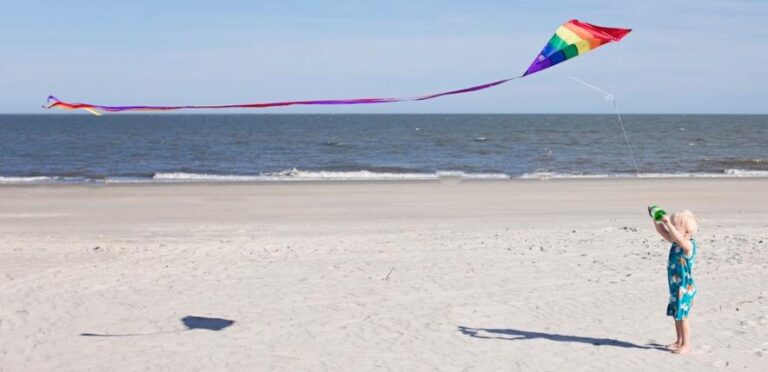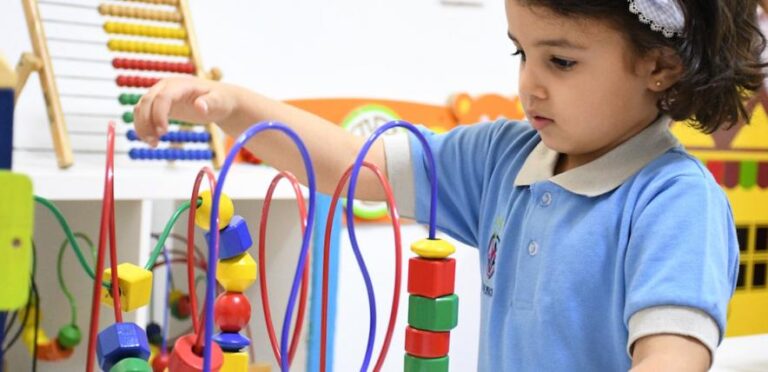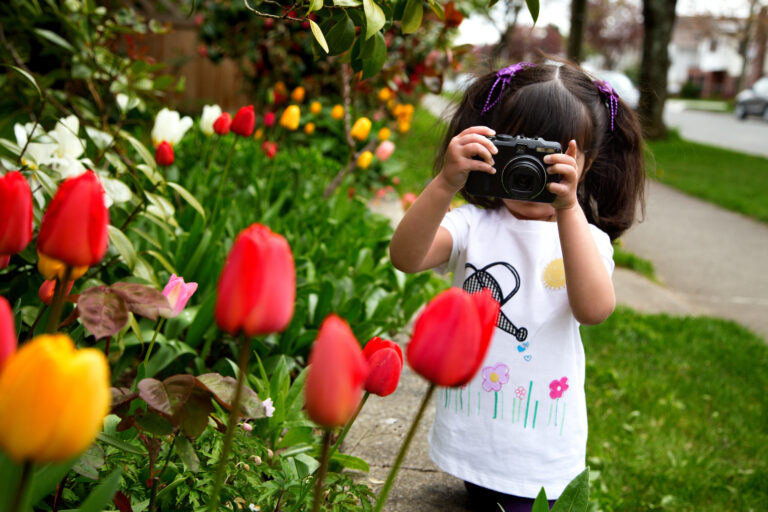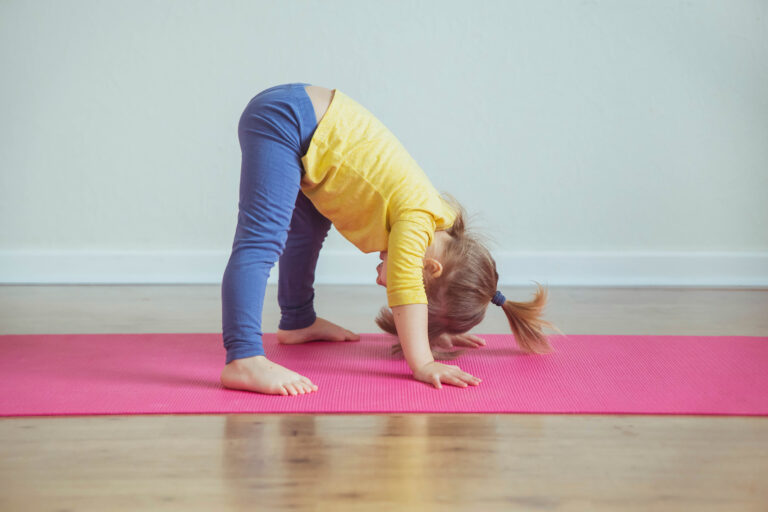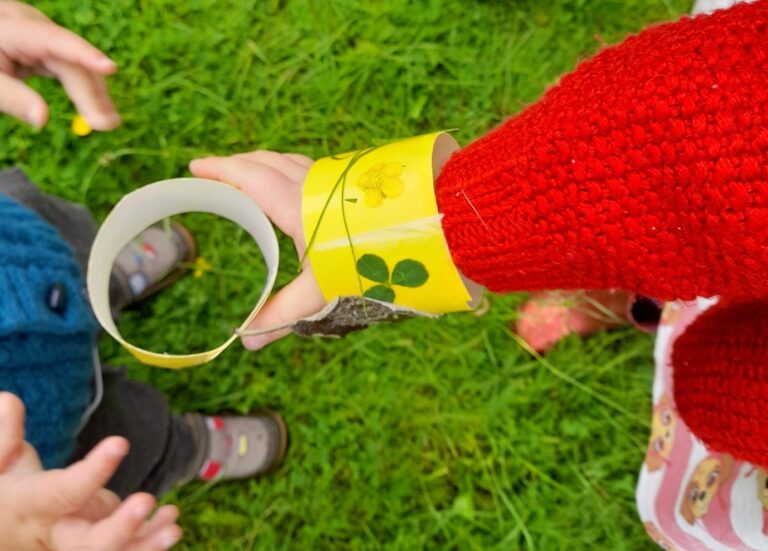Adapted from an article written by Melanie Pilcher, Quality and Standards Manager at the Early Years Alliance
Although many of us get frustrated at the changeable nature of the weather at this time of year, it can be particularly generous in providing entertainment and learning for children.
From a gentle summer breeze to a raging winter gale, the wind is a natural occurrence that can be heard but not seen, felt but not touched. The wind has the power to destroy a building or to gently float a feather.
It can shape the landscape, forming sand dunes and changing the shape of trees as they grow. It can disperse a puddle of water and fill a rock pool on the beach.
An opportunity for learning
While young children may not be ready to grasp the complexities of high and low air pressure, you only have to observe your children playing on a windy day to see how they explore different concepts.
When a child throws a ball at a target and a gust of wind knocks it off course he or she will adjust the next throw, to allow for cause and effect.
A child who sets out to catch a leaf falling from a tree sees it twist and turn randomly as they watch how it moves and will try to predict where it will go next as they attempt to catch it.
Children will learn about gravity as they come to realise that what goes up, will eventually come down. The speed at which this happens will be in influenced by factors such as the strength of the wind and the weight and shape of an object.
The wind is a phenomenon that stimulates children’s curiosity as they observe and interact with it during their play.
Let’s go fly a kite
Make the most of the windy weather by making your own kites. Look out for any overhead cables, particularly if you are in a built-up area, and limit the string length if necessary. Experiment with different materials and shapes to see which will work the best. Look online to find video clips of expert kite fliers. Ask friends and neighbours for tips on the best places to fly kites.
Streamers and windsocks
A great way to learn about direction is to make streamers. Attach pieces of brightly-coloured ribbon or other thin strips of fabric to a post outside. Ask your child, are the streamers moving? Which direction are they moving in? How fast are they moving? Are they always going in the same direction? This is a good time to introduce north, south, east and west too.
Windsocks can be used in a similar way. Ask children to think about where they may have seen a windsock before – usually on an air field. Did you know that all airplanes, no matter how big or small, must always take off into the wind? This is why windsocks are so important on an air field. A pillow can be used as a windsock and will promote lots of imaginative play as children run towards the wind to ‘take off’.
Follow that cloud
When the weather is blustery but dry, take your child outdoors to observe the clouds moving across the sky. This is a great activity to promote mindfulness where children really concentrate on one thing, paying attention to details that normally go unnoticed – the speed, shape and diversity of the clouds as they move across the sky.
Dandelions and clever seeds
If you have been doing some gardening with your child or children, you can extend the activity further by thinking about how plants move their seeds around. Many plants spread their seeds by using the breeze to transport them. Dandelion clocks are always fun and a good way to introduce this concept. Look for other seeds, such as sycamore and maple trees, which have wings. Ask the children to observe how the different seeds move and travel, some are designed simply to flutter towards the ground, while others such as dandelion seeds and willow herb (which looks like puffs of cotton wool) will travel far and wide.
Run like the wind
It is said that a windy day will make children particularly energetic so they will need very little encouragement to run around. Whether chasing bubbles, seeds or each other, running against or with the wind is exhilarating. Add a sheet of paper to the mix and see who can catch it or stamp on it when it touches the floor.
Windmills and wind meters
It is likely that most children will have seen a wind farm. The huge structures are a fascinating variation of the traditional windmill and looking at them with children may start a discussion about power and energy. It’s easy to make your own windmills with children and there are plenty of templates to be found online. Another ‘easy make’ is a wind meter or anemometer. You will need some paper cups, straws, a thin piece of doweling and a drawing pin. There are plenty of examples online explaining how to make and use the device. Your young scientists will learn to see how fast the wind is moving.
Whatever activities you are prompted to try out by following the interests your children show in the wind, one thing is for sure – you will be blown away by the possibilities!
This article was written for the Early Years Alliance.
Where next?

